Home>Garden Essentials>How To Make A Tabletop Water Fountain
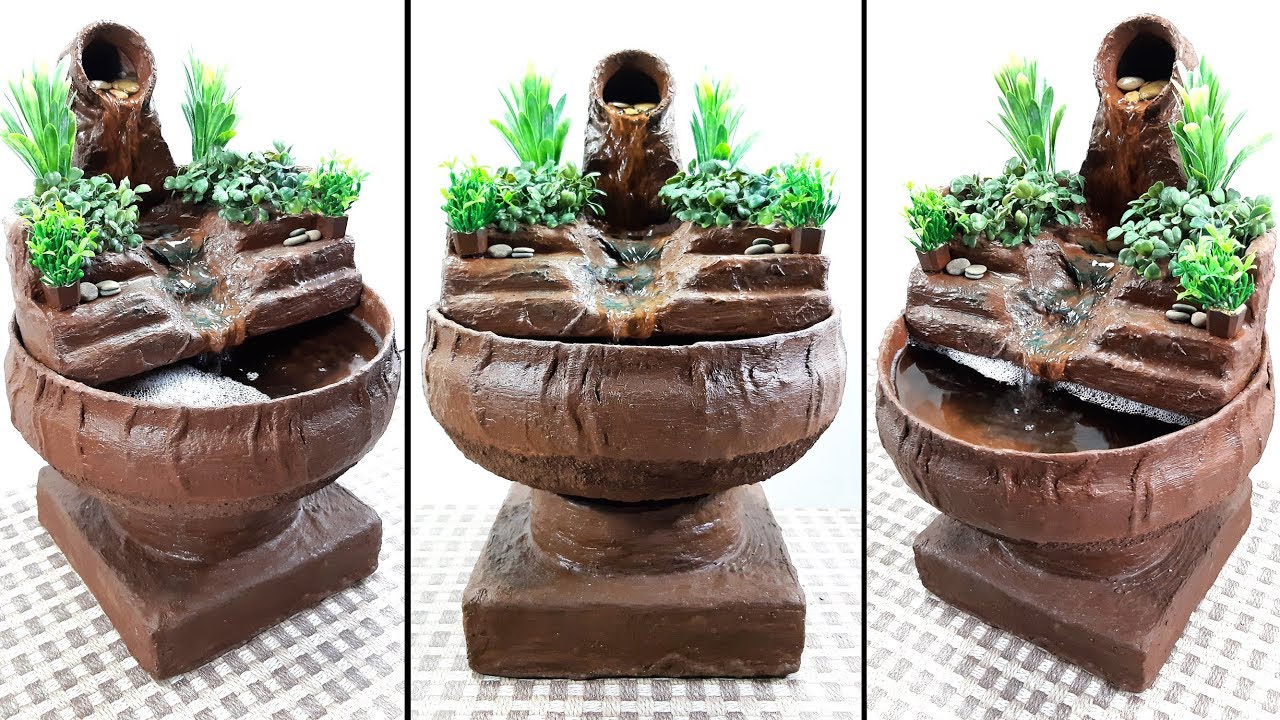

Garden Essentials
How To Make A Tabletop Water Fountain
Modified: March 16, 2024
Learn how to create a beautiful tabletop water fountain for your garden. Step-by-step guide to bring tranquility and elegance to your outdoor space.
(Many of the links in this article redirect to a specific reviewed product. Your purchase of these products through affiliate links helps to generate commission for Storables.com, at no extra cost. Learn more)
Introduction
Welcome to the world of tabletop water fountains! A tabletop water fountain is a delightful addition to your home or office that not only adds beauty and tranquility but also provides numerous health benefits. It serves as a captivating focal point and creates a soothing ambiance through the melodic sound of flowing water.
In this article, we will guide you through the process of creating your very own tabletop water fountain. Whether you are a gardening enthusiast or simply looking to add a touch of nature to your space, building a tabletop water fountain is a rewarding and relatively easy project that can be personalized to suit your style and preferences.
Before we dive into the details, it’s important to note the advantages of having a tabletop water fountain. Firstly, it acts as a natural humidifier, adding moisture to the air and reducing dryness, especially during the winter months. Secondly, the sound of flowing water has a calming effect on the mind and can help to reduce stress and anxiety. Additionally, a water fountain can enhance the aesthetic appeal of any space, serving as a statement piece or complementing your existing decor.
Now that we understand the benefits, let’s take a closer look at the materials you will need to get started on your tabletop water fountain project.
Key Takeaways:
- Creating a tabletop water fountain is a fun and easy project that brings beauty and tranquility to your space. It acts as a natural humidifier, reduces stress, and can be personalized to suit your style.
- Regular maintenance, such as cleaning the fountain, changing the water, and inspecting the pump, is essential to keep your tabletop water fountain clean, functional, and visually appealing.
Read also: 13 Amazing Tabletop Water Fountain For 2024
Materials Needed
Before embarking on your tabletop water fountain project, gather the following materials:
- A container: Select a waterproof container that will serve as the base of your fountain. This can be a ceramic pot, glass bowl, or any other vessel that suits your style and space.
- A water pump: Choose a suitable water pump that fits the size of your container. Look for one with adjustable flow settings to customize the water movement.
- Decorative elements: Consider adding rocks, pebbles, shells, or other decorative items to enhance the visual appeal of your fountain.
- Tubing: You will need flexible tubing to connect the water pump to the fountain’s spout. Ensure the tubing is the appropriate size for a snug fit.
- A drill with the appropriate drill bit: If your container doesn’t have a pre-drilled hole for the tubing, you will need a drill and the appropriate drill bit to create one.
- Cork or rubber stopper: If your container has a drainage hole, you will need a cork or rubber stopper to seal it and prevent water leakage.
- Clean water: Fill your fountain with clean water to ensure the proper functioning of the pump and prevent clogging.
- Optional: LED lights: If you want to add a mesmerizing glow to your tabletop water fountain, consider incorporating LED lights that are suitable for water use.
Once you have gathered all the necessary materials, you are ready to proceed with the steps in creating your tabletop water fountain. Let’s dive in!
Step 1: Choosing a Container
The container you choose for your tabletop water fountain plays a vital role in the overall aesthetic and functionality of the fountain. Here are a few things to consider when selecting the perfect container:
- Size: The size of your container will depend on the available space and your personal preferences. Smaller containers are ideal for compact spaces, while larger containers can make a statement and accommodate more elaborate designs.
- Material: Containers can be made from various materials such as ceramic, glass, or resin. Consider the style of the room where the fountain will be placed and choose a material that complements the existing decor.
- Shape: Containers come in a range of shapes, including round, square, or irregular. Think about the overall design concept and select a shape that enhances the visual appeal of the fountain.
- Design features: Some containers come with additional design elements like carved patterns, textured surfaces, or unique colors. These features can add an extra touch of charm to your tabletop water fountain.
- Drainage: Check if the container has a drainage hole. While it’s not necessary for the functioning of the water fountain, a drainage hole can make maintenance easier by allowing you to easily remove and change the water.
Once you have determined your preferences and considered the above factors, visit a local garden center or explore online retailers to find a container that meets your specifications. Don’t be afraid to get creative and think outside of the box – you might even repurpose an item into a unique and one-of-a-kind container for your tabletop water fountain!
With your container in hand, you are ready to move on to the next step: selecting a pump.
Step 2: Selecting a Pump
Choosing the right water pump is crucial for ensuring the proper functionality of your tabletop water fountain. Here are some key factors to consider when selecting a pump:
- Size and capacity: The size and capacity of the pump should match the size of your container. A pump that is too small may not provide sufficient water circulation, while a pump that is too large may create excessive splashing. Refer to the manufacturer’s guidelines or consult with a garden center professional to determine the appropriate pump size for your fountain.
- Adjustable flow rate: Opt for a pump that offers adjustable flow rate settings. This allows you to control the water movement and customize the flow according to your preference.
- Energy efficiency: Look for a pump that is energy-efficient, as this will reduce electricity consumption and lower your environmental impact. Energy-efficient pumps often have a lower wattage and may be labeled as “eco-friendly” or “low power.”
- Noise level: Consider the noise level of the pump, especially if you plan to place the fountain in a quiet or bedroom area. Look for pumps that are designed to operate quietly, ensuring a peaceful ambiance.
- Durability and quality: Invest in a high-quality pump that is made to last. Look for pumps with durable construction and positive customer reviews to ensure reliability and longevity.
Take measurements of your container’s depth to determine the recommended pump height. This will prevent the pump from sitting too low or too high, ensuring optimal water circulation and preventing overflow.
Before making a final decision on a pump, read product reviews and consult with experts to ensure you are choosing the best option for your specific tabletop water fountain design. Remember, the pump is the heart of your fountain, so it’s worth investing in a reliable and efficient model.
Once you have selected the perfect pump, you are ready to move on to the next step: preparing the container.
Step 3: Preparing the Container
Now that you have chosen your container and pump, it’s time to prepare the container for the installation of the water fountain. Follow these steps to ensure a proper setup:
- Clean the container: Start by thoroughly cleaning the container to remove any dust, dirt, or debris. Rinse it with water and let it dry completely.
- Make a hole for the tubing (if necessary): If your container does not have a pre-drilled hole for the tubing, you will need to create one. Use a drill and the appropriate drill bit to carefully drill a hole in the container’s base or side. Be sure to choose a drill bit size that matches the diameter of the tubing you will be using.
- Seal any drainage holes: If your container has a drainage hole, use a cork or rubber stopper to seal it. This will prevent water from leaking out and ensure that it stays inside the fountain.
- Position the pump: Place the water pump inside the container, ensuring that it is positioned near the center or towards one side, depending on your desired water flow direction. Make sure that the pump is stable and level.
- Arrange decorative elements: Now is the time to add any decorative elements you have chosen, such as rocks, pebbles, or shells. Arrange them around the pump, being careful not to obstruct the pump’s intake or impeller.
Keep in mind that the arrangement of the decorative elements should be aesthetically pleasing while allowing proper water circulation. The decorative elements can help to conceal the pump and tubing, creating a more natural and visually appealing look.
Once you have prepared the container, you are ready to move on to the next step: adding decorative elements to enhance the fountain’s visual appeal.
When making a tabletop water fountain, use a waterproof container as the base, a small water pump, decorative rocks or pebbles, and a flexible tubing to create a soothing and visually appealing water feature.
Read more: How To Make A Musical Water Fountain
Step 4: Adding Decorative Elements
Decorative elements play a crucial role in enhancing the visual appeal of your tabletop water fountain. They can transform a simple fountain into a stunning centerpiece that reflects your personal style. Here are some ideas for adding decorative elements:
- Rocks and pebbles: Arrange a variety of rocks and pebbles around the pump and along the base of the fountain. Use different sizes, shapes, and colors to create a natural and visually interesting display.
- Shells and seashore treasures: If you prefer a coastal or beach-themed fountain, consider adding seashells, starfish, and other beachcombing finds. These intricate and beautiful treasures will add a touch of the ocean to your tabletop water fountain.
- Mosaic tiles: Get creative with mosaic tiles by adding them to the exterior of your container or creating a mosaic pattern within the fountain itself. Choose colors and patterns that complement your overall decor.
- Miniature figurines: Add a whimsical touch to your fountain by placing miniature figurines such as fairies, gnomes, or animals around the water flow. These tiny elements can bring a sense of enchantment and wonder to your tabletop water fountain.
- Plants and flowers: Incorporate live or artificial plants and flowers around the fountain to create a lush and vibrant setting. Choose plants that thrive in moist environments, such as ferns or peace lilies, and consider using waterproof planters to prevent water damage.
Experiment with different combinations of decorative elements to find the perfect arrangement that suits your style and creates a captivating focal point. Remember to keep the placement of the elements balanced and ensure that they do not obstruct the water flow or interfere with the pump’s operation.
Adding these decorative elements will elevate the overall look of your tabletop water fountain and make it a unique and personalized piece of art. With the decorative elements in place, it’s time to move on to the next step: installing the water pump.
Step 5: Installing the Pump
Installing the water pump is a crucial step in setting up your tabletop water fountain. Follow these steps to ensure a proper installation:
- Attach the tubing: Take the flexible tubing and connect one end to the outlet of the water pump. Make sure it fits securely to prevent any leaks.
- Thread the tubing through the hole (if applicable): If you drilled a hole in your container, carefully thread the other end of the tubing through the hole so that it extends into the interior of the container.
- Position the pump: Place the pump in its designated spot inside the container, ensuring that it is stable and secure. Position it so that the intake is submerged in water and the outlet is positioned where you want the water to flow.
- Test the water flow: Before fully securing the tubing, plug in the pump and turn it on to test the water flow. Make any necessary adjustments to the tubing or pump position to achieve the desired water flow. It’s important to ensure that the water flows smoothly and does not splash excessively.
- Secure the tubing: Once you are satisfied with the water flow, secure the tubing in place using zip ties or clips. This will keep the tubing from shifting or coming loose, ensuring a consistent water flow.
During the installation process, be careful not to kink or pinch the tubing, as this can restrict water flow and potentially damage the pump. Additionally, ensure that the pump’s electrical cord is safely routed to an appropriate power source and protected from water.
With the pump properly installed, you are almost ready to witness the beauty of your tabletop water fountain. The next step is to add water to the fountain and test its functionality, which we will cover in the following step.
Step 6: Adding Water and Testing
Now that the pump is installed, it’s time to add water to your tabletop water fountain and test its functionality. Follow these steps to ensure a successful water fill and test:
- Add clean water: Fill your container with clean water, taking care not to overfill it. It’s important to add enough water to cover the pump’s intake but not so much that it overflows.
- Allow the water to settle: Let the water settle for a few moments to allow any air bubbles to escape and the water to reach a steady level.
- Check for proper water circulation: Plug in the pump and turn it on to test the water flow. Observe the water movement and ensure that it circulates smoothly and evenly throughout the fountain. Adjust the pump’s flow settings if necessary.
- Listen for any abnormal sounds: Listen closely to the pump while it is running. A well-functioning pump should not produce any unusual noises or vibrations. If you notice any irregular sounds, check the pump’s positioning and make sure it is securely in place.
- Inspect for leaks: While the pump is running, carefully inspect the fountain and tubing for any signs of leaks. Ensure that the tubing connections are tight and secure. If you spot any leaks, turn off the pump and make the necessary adjustments to prevent water damage.
- Make final adjustments: If needed, fine-tune the water flow, adjust the placement of decorative elements, or add more water to achieve the desired fountain appearance and sound.
It’s important to note that water evaporation will occur over time, so regularly monitor the water level and add more as needed to keep the pump submerged and prevent it from running dry.
With the water properly filled and the fountain functioning smoothly, take a moment to enjoy the serene ambiance and visual delight of your newly created tabletop water fountain. In the next step, we will cover some essential maintenance tips to keep your fountain in optimal condition.
Step 7: Maintaining the Fountain
Regular maintenance is essential to keep your tabletop water fountain clean and functioning effectively. Follow these maintenance tips to ensure that your fountain remains in optimal condition:
- Clean the fountain regularly: Over time, debris, dirt, and algae may accumulate in your fountain. To clean it, first unplug the pump and remove any decorative elements. Drain the water and clean the container using a soft brush or sponge and mild soap. Rinse thoroughly before refilling with fresh water.
- Change the water regularly: Stagnant water can become a breeding ground for bacteria and algae. To maintain a clean and hygienic fountain, it’s recommended to change the water every one to two weeks, or more frequently if needed.
- Inspect and clean the pump: Periodically check the pump for any clogs, debris, or mineral buildup that may affect its performance. Follow the manufacturer’s instructions to safely disassemble the pump and clean the components as needed.
- Monitor the water level: Regularly check the water level in your fountain and add more water as needed to ensure the pump is fully submerged. Avoid running the pump when it is not properly submerged, as this can cause damage to the motor.
- Prevent calcium buildup: If your area has hard water, mineral deposits and calcium buildup may occur in the fountain. To prevent this, consider using distilled or filtered water, or use a water treatment product designed to reduce mineral buildup.
- Inspect and replace the tubing if necessary: Check the tubing for any signs of wear, blockages, or cracks. If you notice any issues, replace the tubing to ensure proper water flow and prevent leaks.
- Maintain the decorative elements: Clean and inspect the decorative elements regularly to prevent any buildup of dirt or algae. Remove and clean them as needed, and ensure they do not obstruct the water flow.
By following these maintenance practices, your tabletop water fountain will remain visually appealing, functional, and enjoyable for years to come.
Congratulations on completing the steps to create and maintain your tabletop water fountain! With its soothing sounds and beautiful aesthetics, your fountain will provide you with a calming oasis in your home or office. Enjoy the serenity and tranquility it brings to your space.
Happy gardening and happy fountain gazing!
Read more: How To Make A Cat Water Fountain
Conclusion
Creating your own tabletop water fountain is a rewarding and fulfilling project that brings beauty, tranquility, and numerous health benefits to your home or office. By following the steps outlined in this guide, you have learned how to choose a container, select a pump, prepare the container, add decorative elements, install the pump, and maintain the fountain.
A tabletop water fountain not only adds a touch of nature to your space but also serves as a natural humidifier, promoting healthy air quality. The soothing sound of flowing water creates a serene ambiance, reducing stress and anxiety. Additionally, a tabletop water fountain can be customized to suit your style, showcasing your creativity and enhancing the aesthetic appeal of any room.
Regular maintenance is essential to keep your tabletop water fountain in optimal condition. By cleaning the fountain, changing the water, inspecting and cleaning the pump, monitoring the water level, and maintaining the decorative elements, you ensure that your fountain remains clean, functional, and visually appealing.
As you sit back and enjoy the tranquil atmosphere and gentle melody of your tabletop water fountain, take pride in the fact that you have created a beautiful and personalized oasis. Whether it’s placed on your desk, a side table, or a shelf, your tabletop water fountain will continue to bring joy and serenity to your surroundings.
So, go ahead and let your creativity flow as you embark on the journey of creating your own tabletop water fountain. Enjoy the therapeutic benefits and the visual delight it brings to your space.
Happy fountain gardening!
Frequently Asked Questions about How To Make A Tabletop Water Fountain
Was this page helpful?
At Storables.com, we guarantee accurate and reliable information. Our content, validated by Expert Board Contributors, is crafted following stringent Editorial Policies. We're committed to providing you with well-researched, expert-backed insights for all your informational needs.
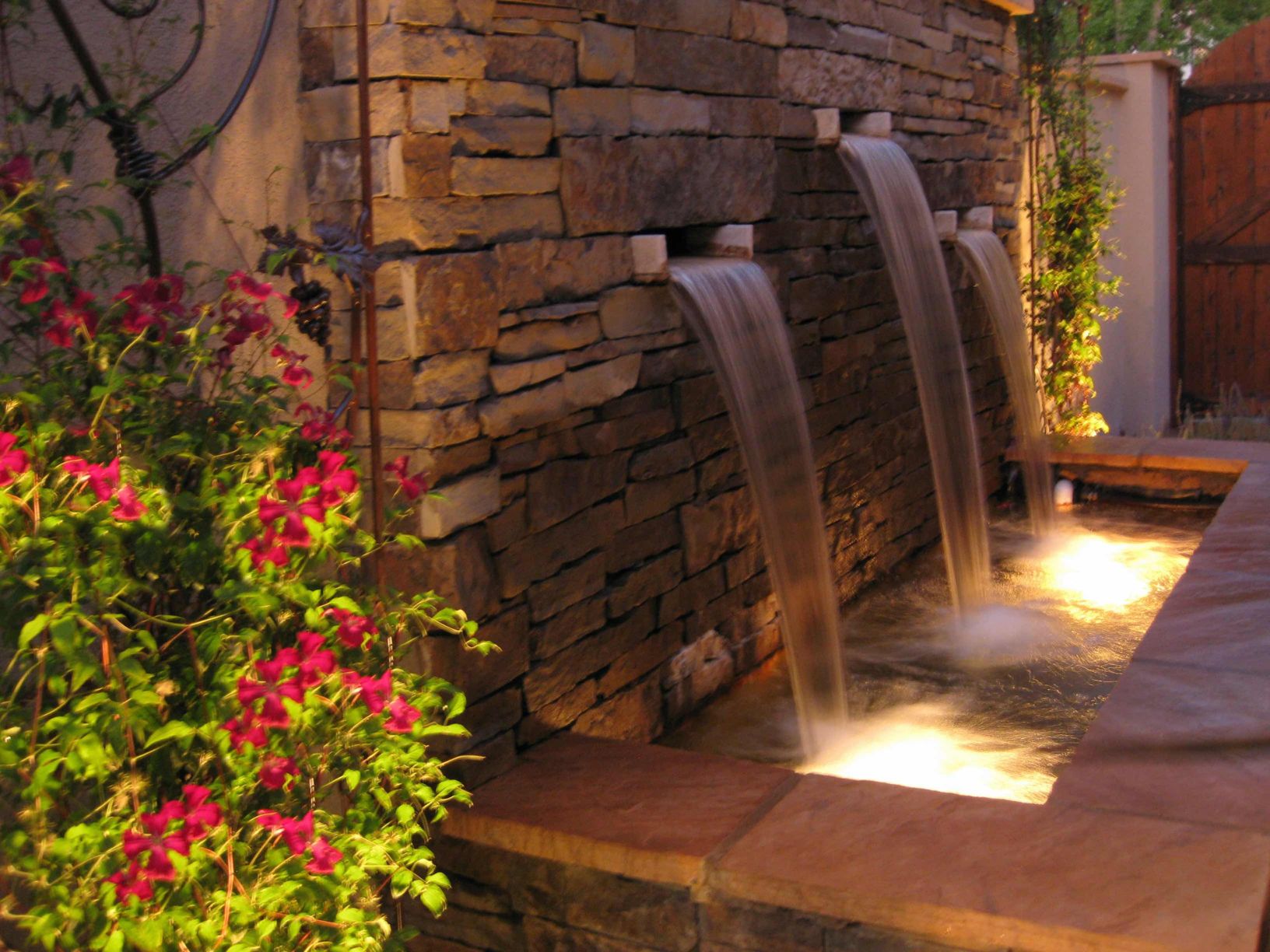
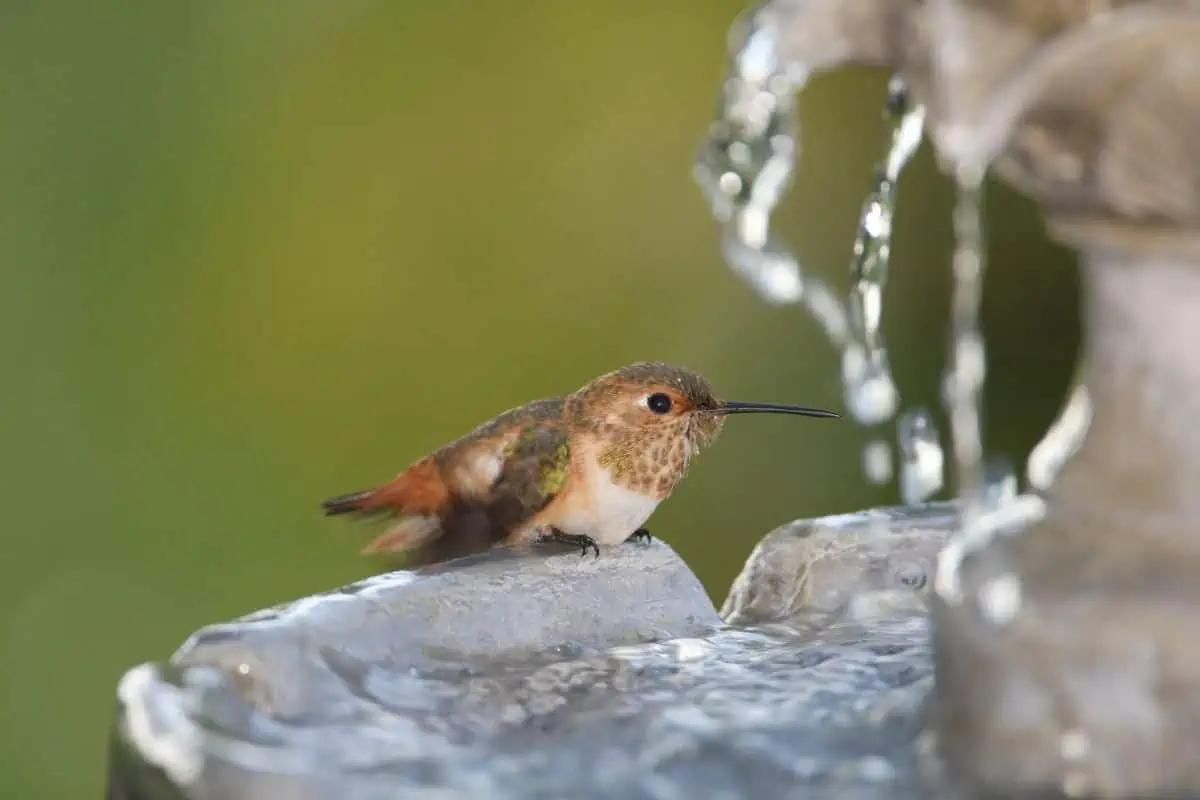
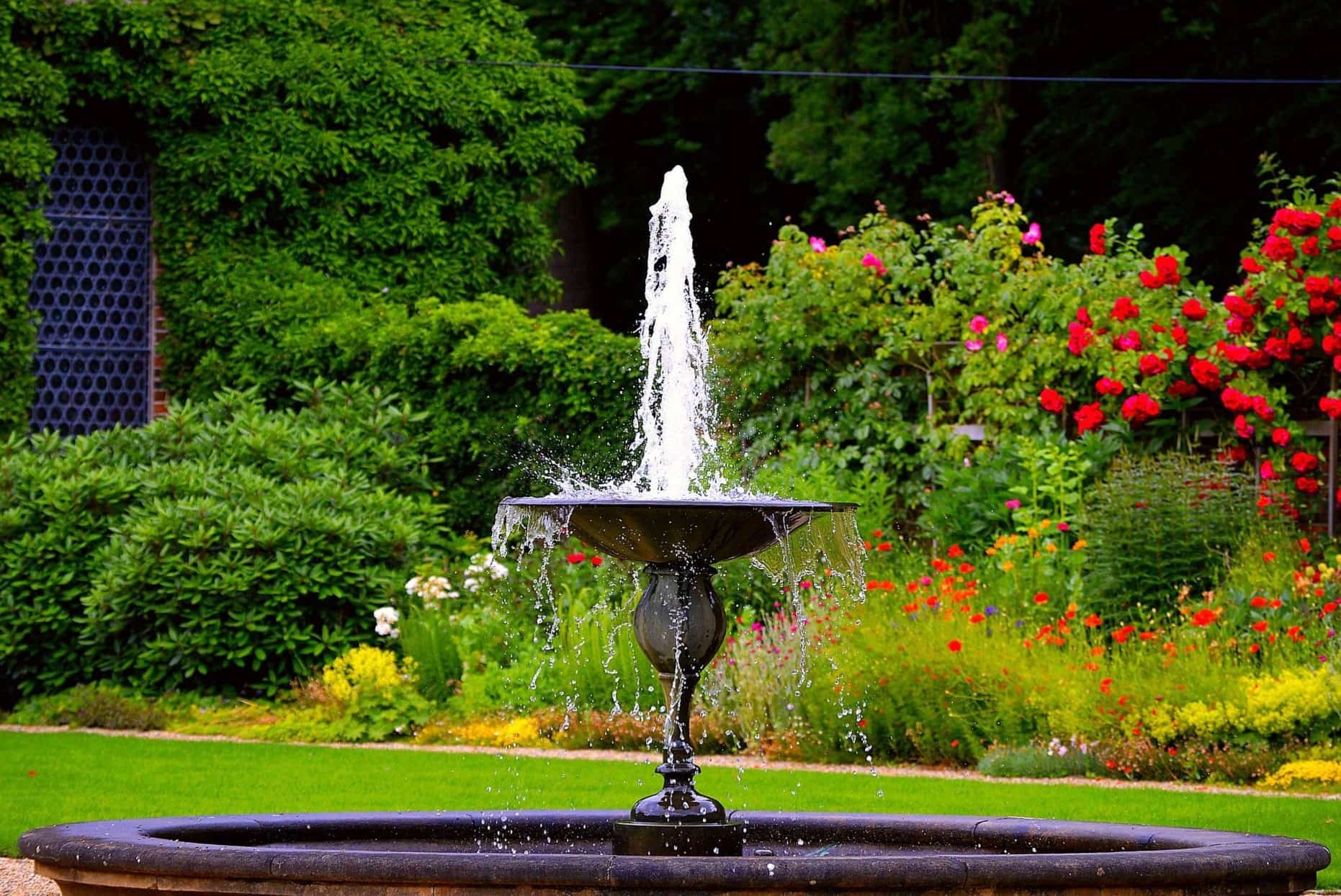
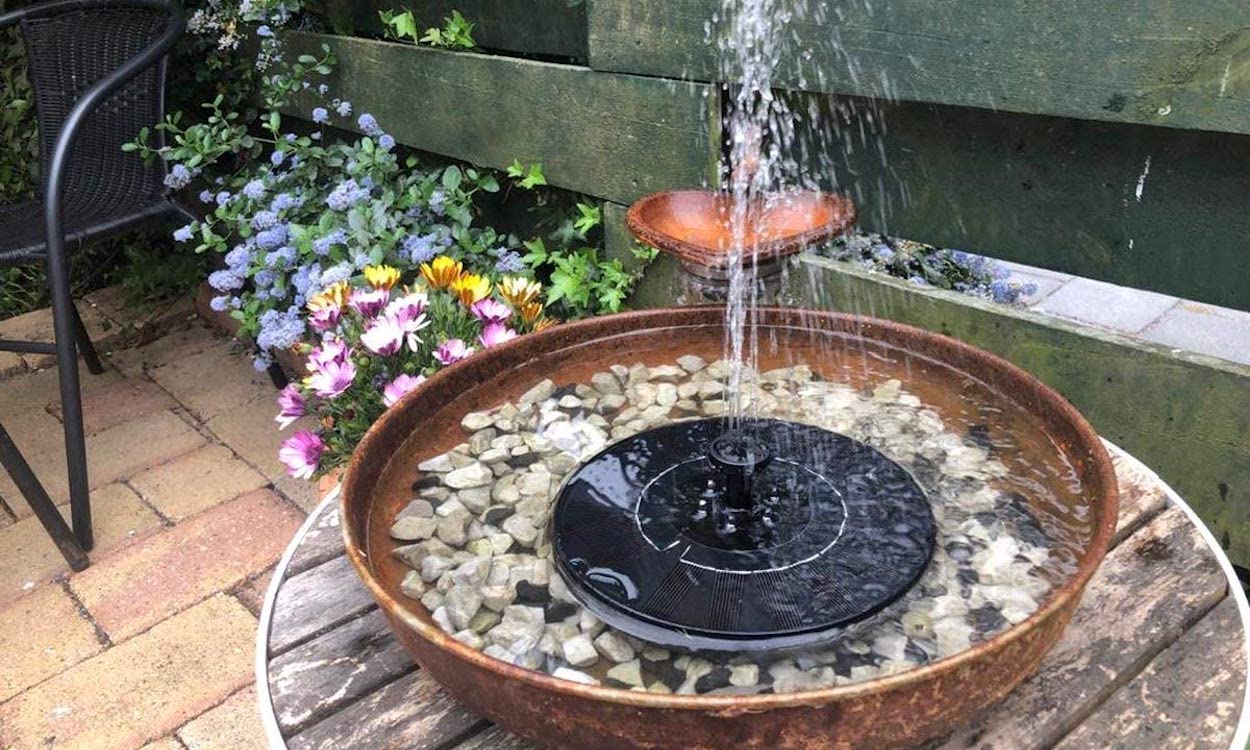
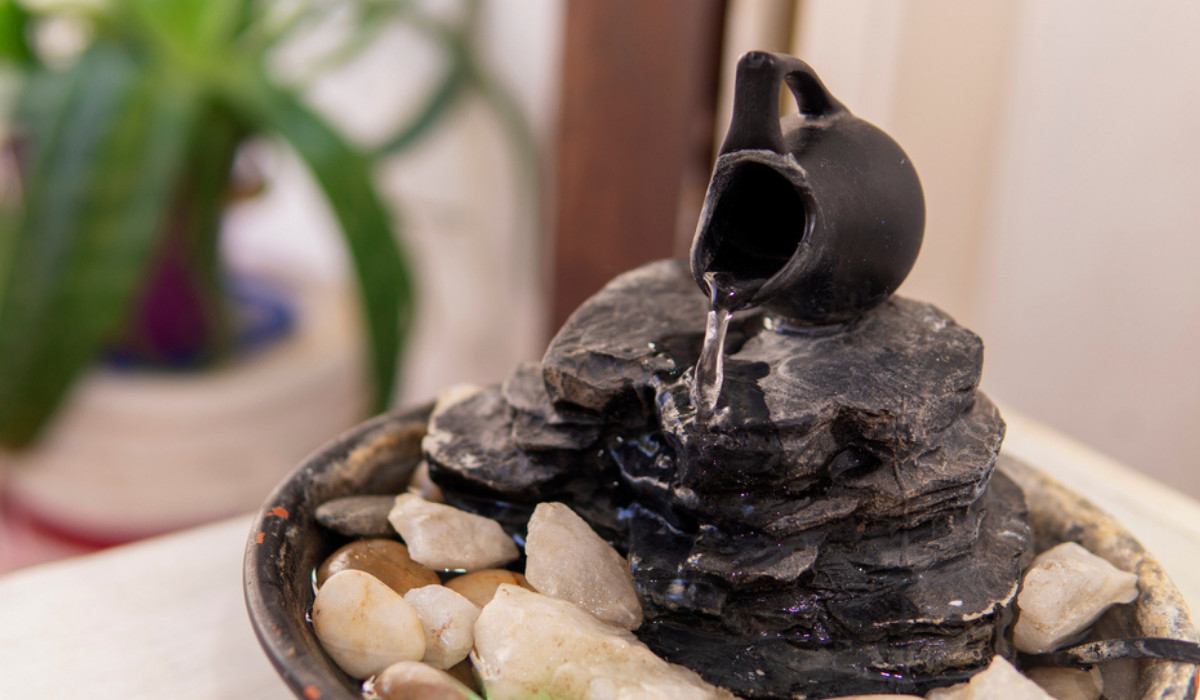
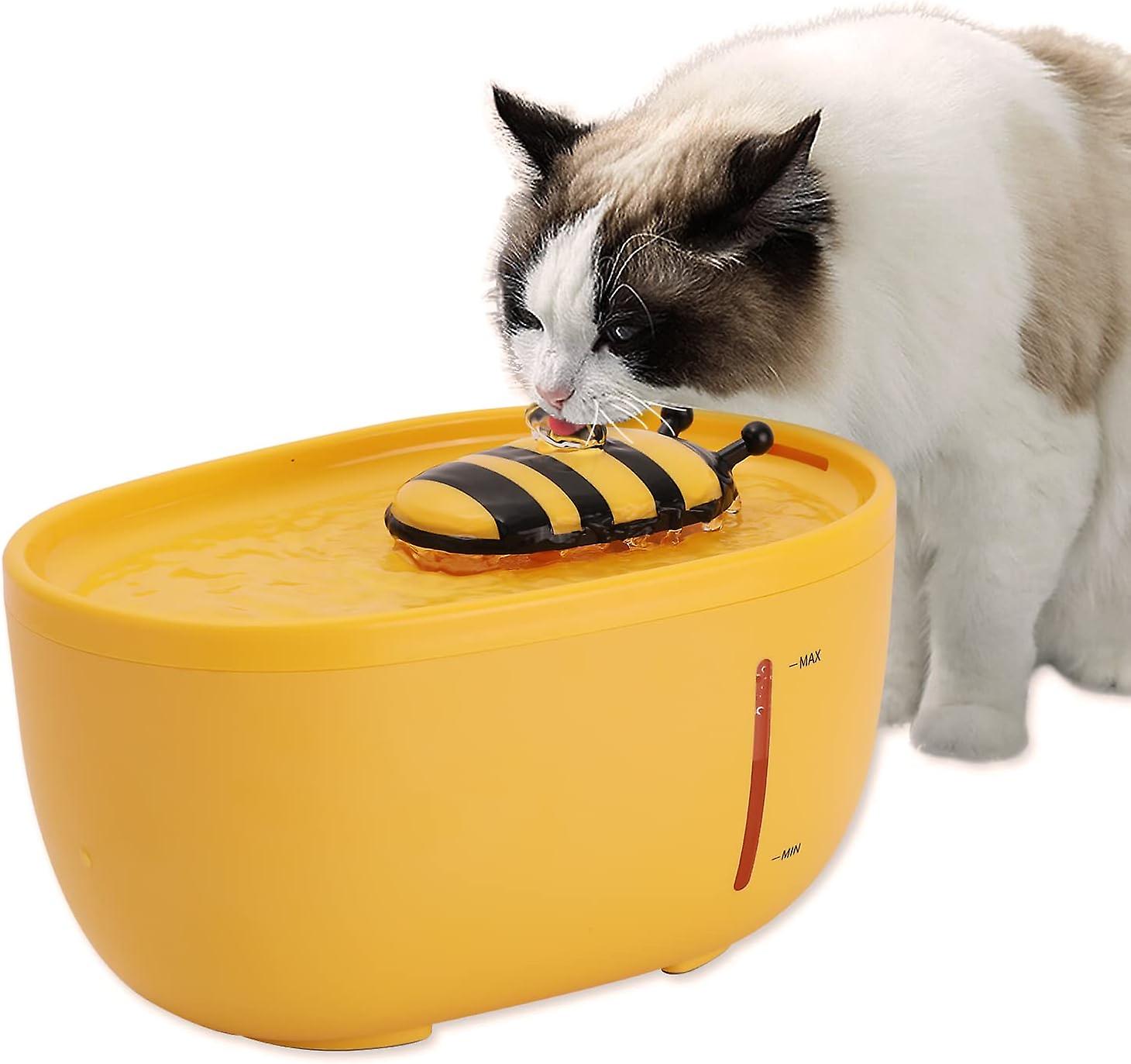
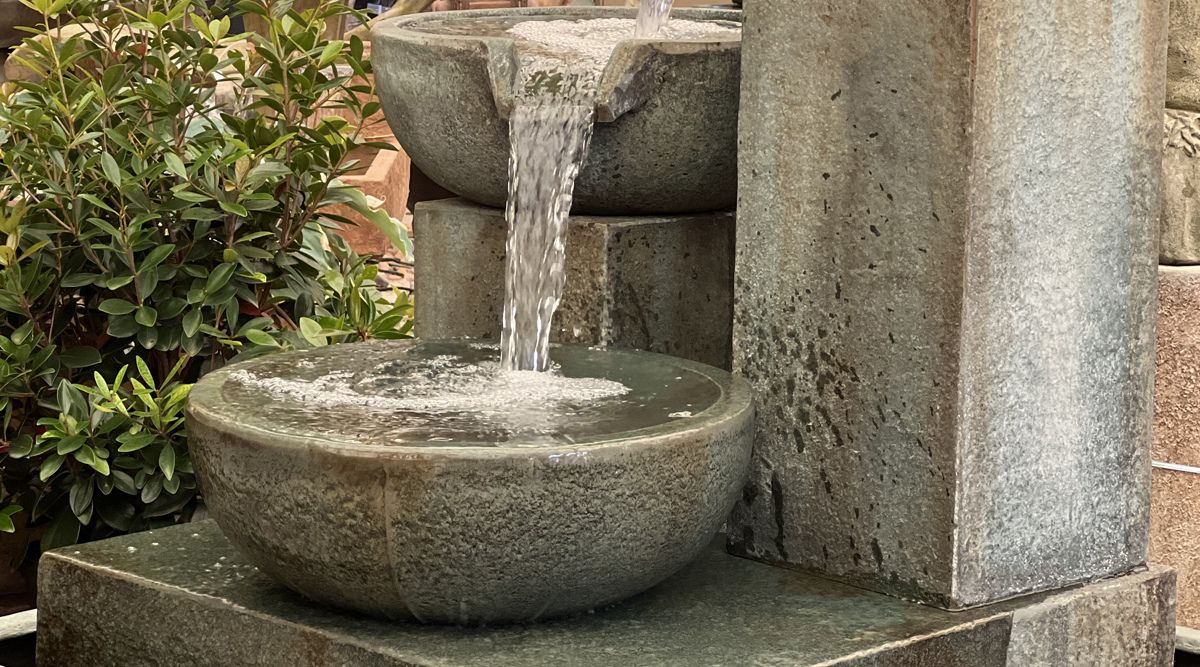
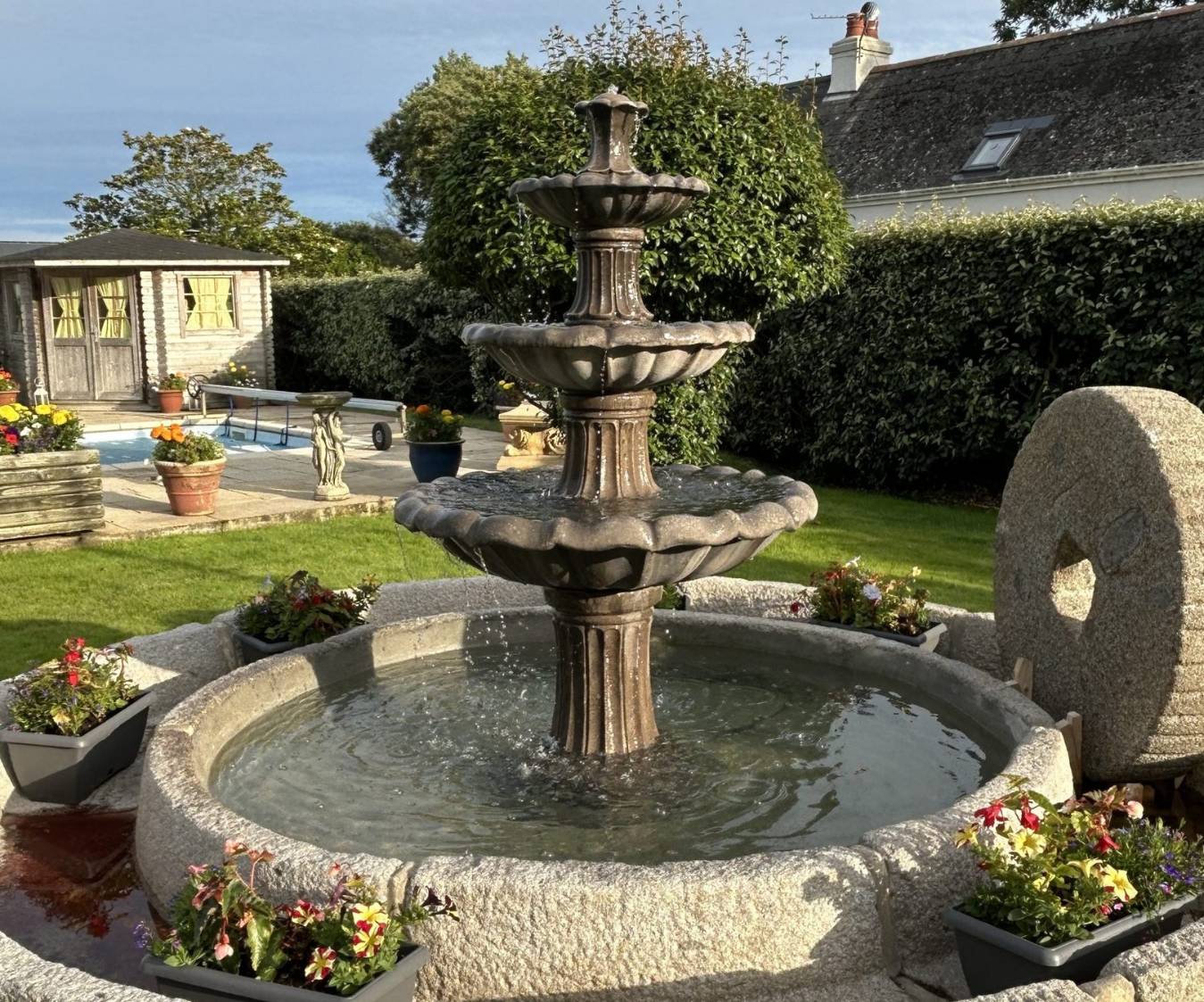
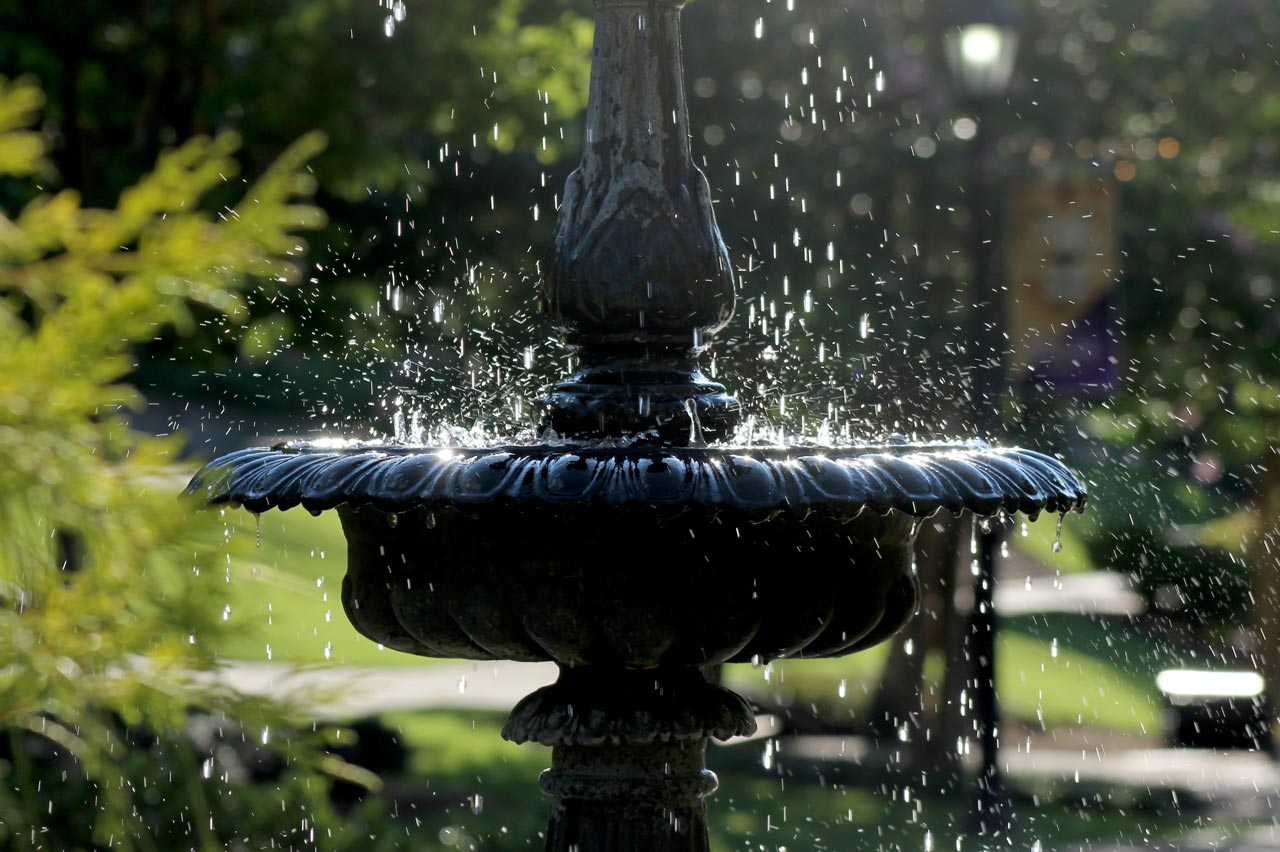
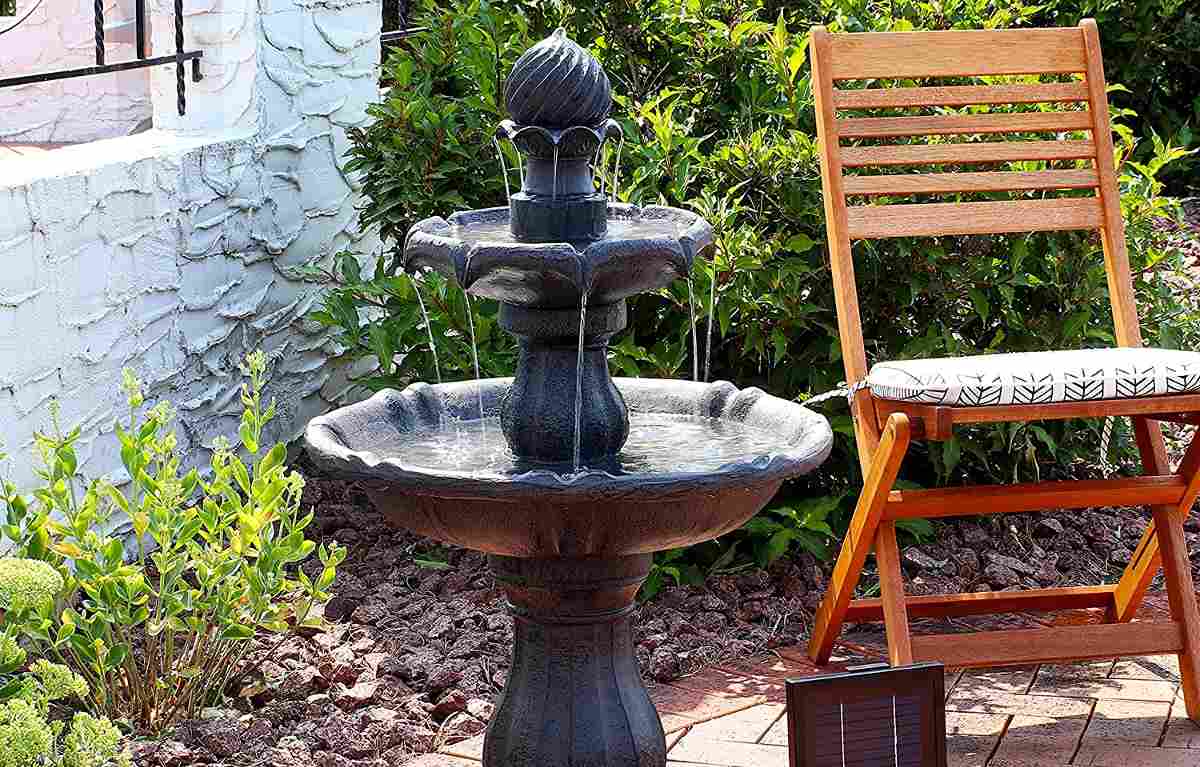
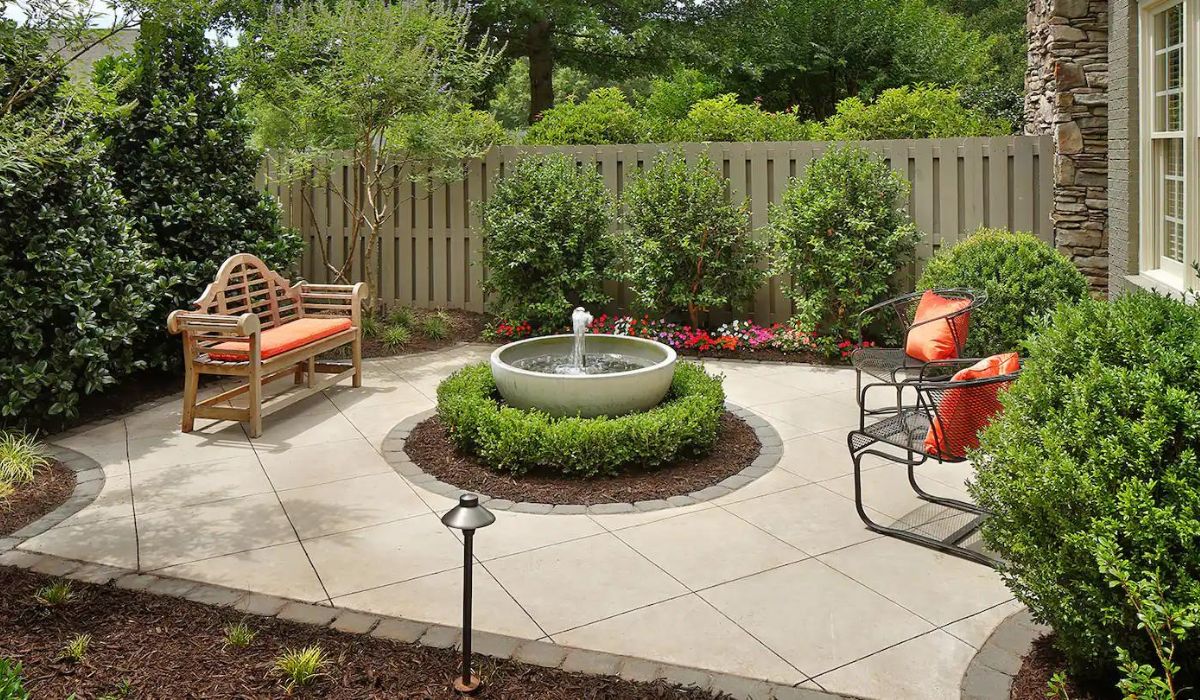
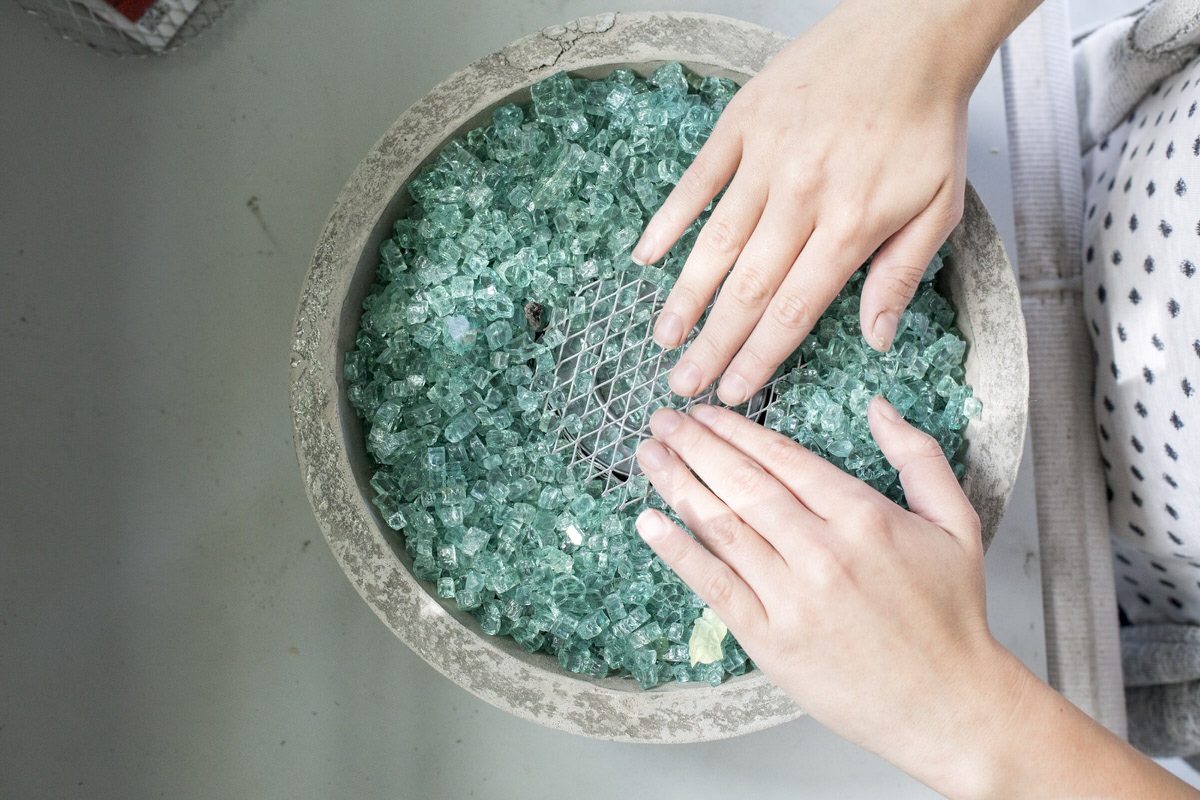
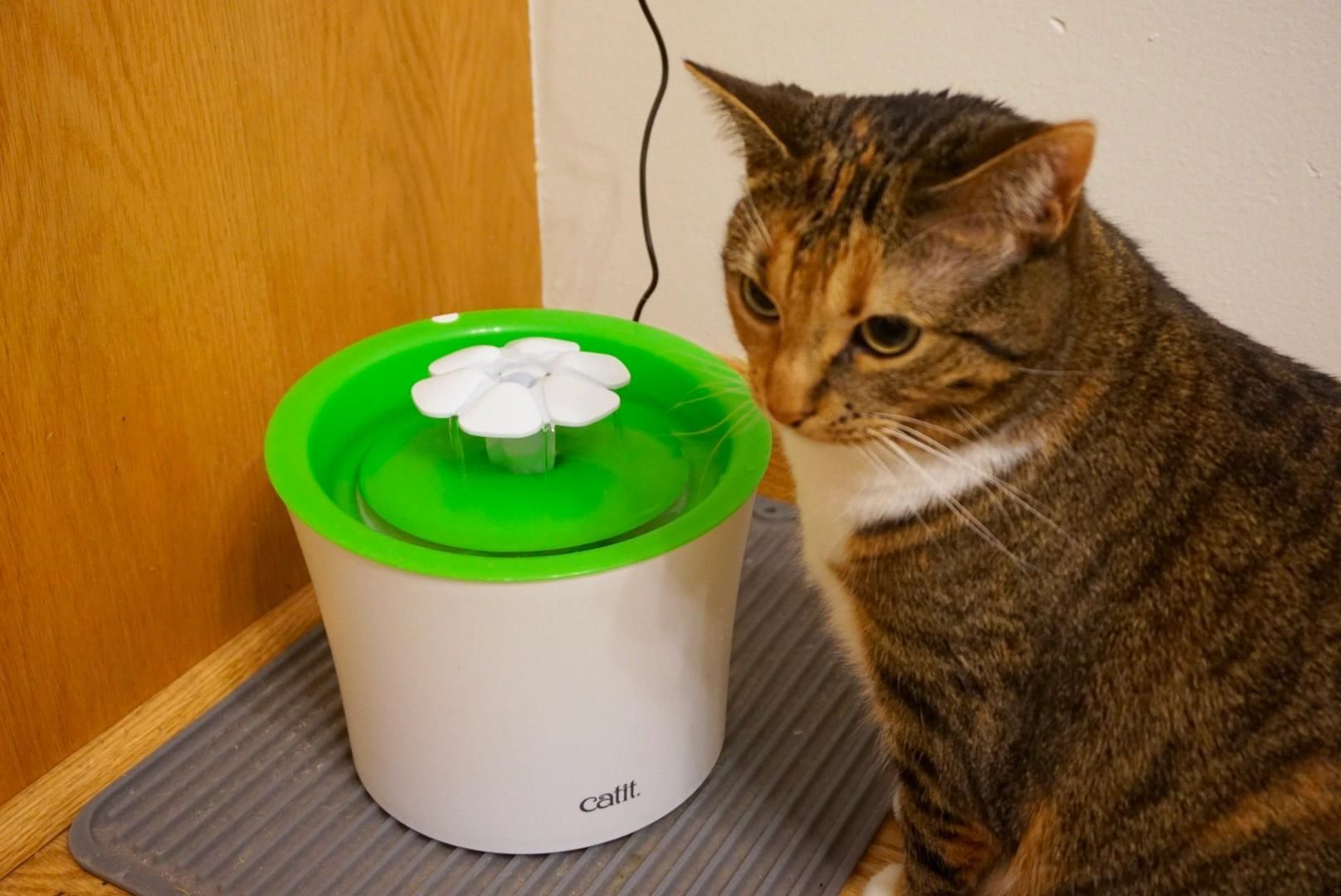

0 thoughts on “How To Make A Tabletop Water Fountain”